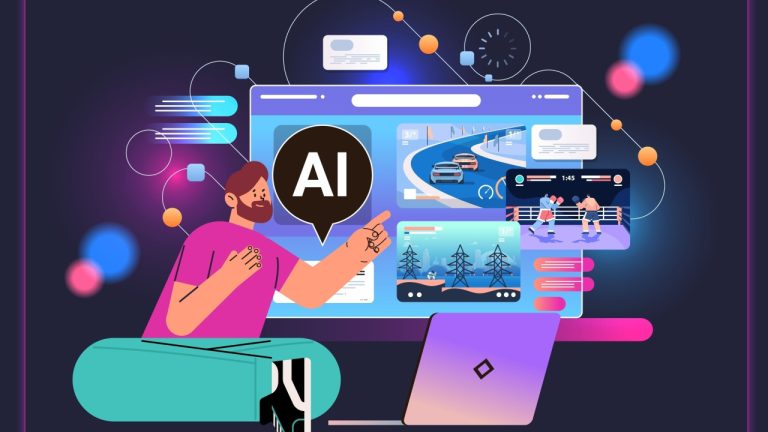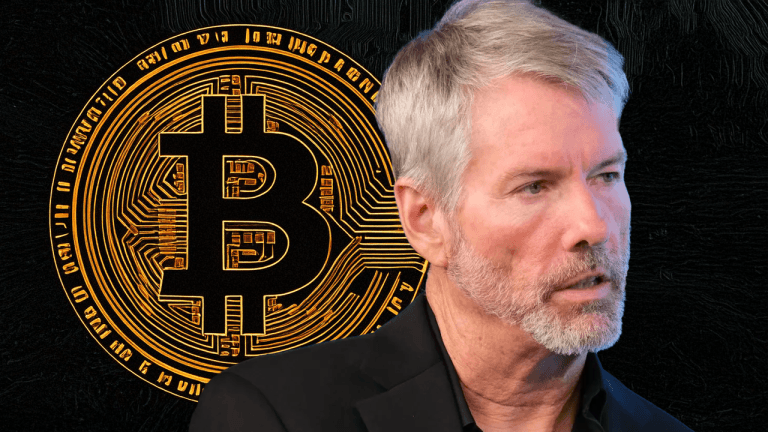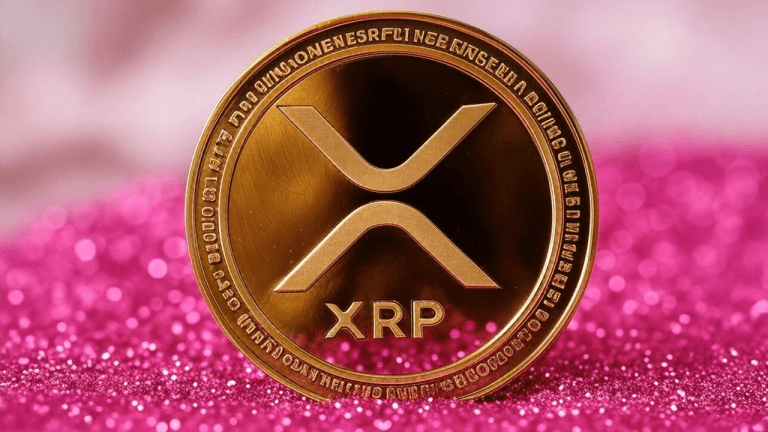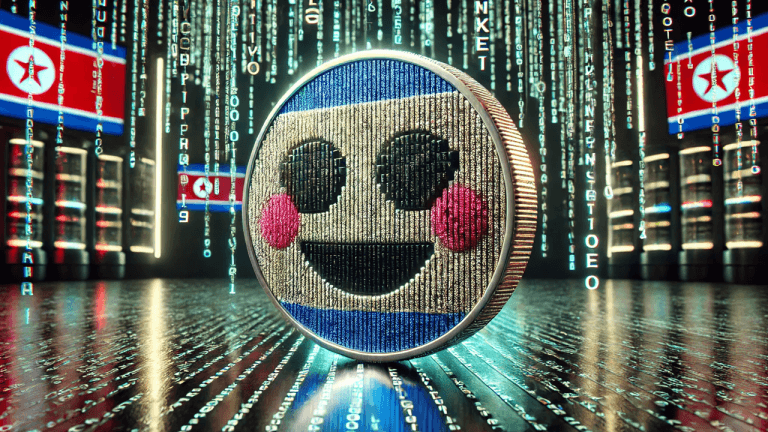
The use of non-fungible tokens (NFTs) when launching Web3 games as well as developers’ emergence as experts at community management are some of the promising trends in blockchain gaming that can accelerate mass adoption, Ken Timsit, the managing director (MD) at Cronos Labs, has said. Timsit also pointed to the growing role of artificial intelligence (AI) in making games more interesting as another reason why he is optimistic about the technology’s mass adoption prospects.
AI Model Biases and the Limits of Blockchain
Meanwhile, when asked if AI can help stem a practice in which gamers use fraudulent means to obtain valuable in-game assets, the boss of Cronos Labs, a Web3 startup accelerator, told Bitcoin.com News that it is still too early to know if generative AI can be the game changer. However, he nonetheless acknowledged that AI models can be essential in detecting bots which some players use to fraudulently acquire in-game assets.
While critics of current AI models like Chapgpt have proposed using the blockchain to decentralize them, Timsit warned that doing this could mean “anyone can run an AI model that reflects their particular worldview.” According to the Cronos Labs boss, this could cause the AI landscape to experience the kind of polarization that is seen in the media and on social media platforms.
In his written answers to questions sent to him via Telegram, Ken Timsit also said he expects speculation to remain an indispensable part of Web3 gaming. Timsit however said managing Web3 gamers composed of users “who happen to be speculating” and pure speculators remains equally important.
Bitcoin.com News (BCN): Your company is said to be a Web3 startup accelerator with a special focus on decentralized finance (defi) and blockchain games. This means you likely have a clear view of the innovations happening in blockchain gaming. In your opinion, what are the three most promising trends in blockchain gaming you see emerging that could accelerate mass adoption?
Ken Timsit (KT): First, the best Web3 game developers have become experts at community management. This includes the use of NFT [non-fungible token] launches to convey a narrative and mobilize fans, and more broadly execution excellence when it comes to listening and responding to user feedback. This type of user-centricity is very promising when it comes to ensuring that new products find their market quickly.
Second, games are making use of the latest technology trends to simplify the user experience, such as ultra-cheap application-specific layer 2 or 3 blockchain networks, account abstraction, and new NFT standards that make it possible to lend game assets. We are supporting these game-specific requirements on the Cronos blockchain, and there are several startups of the Cronos Accelerator Program who are building tools to make it easier for developers to create their tech stack, such as Omnus, Sakaba and Solace.
Third, game creators are making use of AI to make games more interesting. The implementation is not straightforward since it’s important to make sure that all ChatGPT-enabled characters don’t sound the same.
BCN: Since blockchain games give users ownership of in-game assets that they can trade, sell or move to another game, there is a real possibility of some users indulging in fraudulent practices to obtain valuable in-game assets. Can AI prove useful in preventing fraud in Web3 games?
KT: Many Web2 and Web3 games offer gamers the opportunity to earn in-game currency or assets by “grinding,” meaning by playing the game for hours and completing quests. This opens an incentive for players to deploy bots to play in their stead. Bot players can disrupt the balance of the in-game economy, which is not easy to achieve in the first place. Large game companies have been spending millions of dollars and using AI-based prediction engines to fight bots for a while. It’s not clear that LLMs [large language models] and generative AI, which are the real breakthroughs of 2022 and 2023, will help a lot in bot detection, but certainly, other AI models are bound to be essential.
BCN: Decentraland recently partnered with the AI startup Inworld to bring AI-powered non-player characters (NPCs) into its metaverse games to make the experience more alive and engaging. In your view, what other challenges do Web3 games face that could be solved using AI smarts?
KT: First, AI tools are already great enhancers of productivity for game developers, whether they are code auto-completion and language translation tools for the dev team, generative AI for image and video creative assets for the marketing team, or content moderation tools for the safety teams. These tools are already broadly used by the start-ups of the Cronos blockchain ecosystem. Another area that is really important for Web3 is community management, which can be really labour-intensive at scale, and I am hoping that we will soon see tools that augment the productivity of human community managers.
Second, AI-powered conversations with NPCs are an area of innovation that has already been pioneered by RPGs before generative AI and holds great promise with the advent of large language models (LLM) since now every developer can have access to this technology cheaply. Having said that, these innovations will only shine if there is strong gameplay underpinning the instructions given to the LLM to drive the outcome of the conversation with the end user. Idle conversation with an AI bot can get old really fast.
Third, AI-based user-generated content is likely coming. It is going to require some experimentation and fine-tuning because, for example, if you tell your AI assistant to build a house for you in a virtual world, it somewhat takes the thrill out of the crafting experience.
BCN: There have been many reported instances of AI tools like Chatgpt being biased. The biases could be due to the data that is fed into them as well as who controls the data set. Do you believe AI should be decentralized and that blockchain technology can help decentralize it?
KT: The crypto industry is building decentralized financial rails that make it easier for anyone to create, deploy and monetize their AI model or service and access a global user community. Crypto holds great promise when it comes to counterbalancing the dominance of market leaders like OpenAI who aim to become omnipresent across all facets of our lives and have inherent biases in their training due to data selection and reinforcement learning from human feedback (RLHF).
On the other hand, the decentralization of the AI economy means that anyone can run an AI model that reflects their particular worldview. The AI landscape will experience the same polarization that we are seeing in the media and social media industries, so it’s important that we all understand the limitations of any content that is offered for our consumption.
BCN: Community is how games are built and sustained over a period of decades. How does Cronos help Web3 games in its ecosystem expand their respective communities?
KT: Cronos Labs is the start-up accelerator and ecosystem development arm of the Cronos blockchain. Cronos Labs runs three main programs to help founders to find product market fit.
First, the Builders program gives access to technical and community building advice, community AMAs, introductions to key opinion leaders and other projects, and special promotions from a variety of vendors like Blockdaemon, NFTScan, Versa Games and Cronos ID.
Second, the Ecosystem Grants program adds financial support to help apps to grow their community. Typically, these grants are tied to the achievement of user traction metrics.
Finally, the Accelerator program is a selective hands-on, 10-week curriculum to help start-ups speed up their product development and fund-raising efforts. For the last cohort, the program selected 8 start-ups out of more than 350 applications. Applications for the next cohort are opening soon.
BCN: Do you believe that speculation will always be an element of Web3 games, given that tokens and NFTs are the cornerstone of how they function?
KT: Most games are competitive in nature, and involve some rewards earned through a combination of skills and efforts. Web3 technology is a tool that expands the art of the possible when it comes to creating game economies. Gamefi makes it easy to reward early game adopters with special benefits and to create transparent secondary markets for game assets. I expect that Web3 will remain primarily tied to the creation of innovative and transparent reward mechanisms for players, which involve a significant degree of speculation, so it’s important to manage the mix of users between gamers who happen to be speculating on one hand, and pure speculators on the other hand.
What are your thoughts about this interview? Let us know what you think in the comments section below.
Bitcoin News








Leave a Reply
You must be logged in to post a comment.